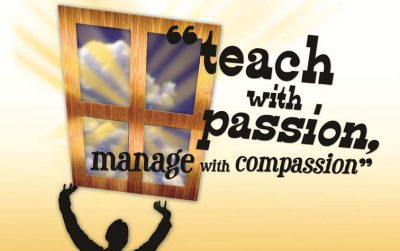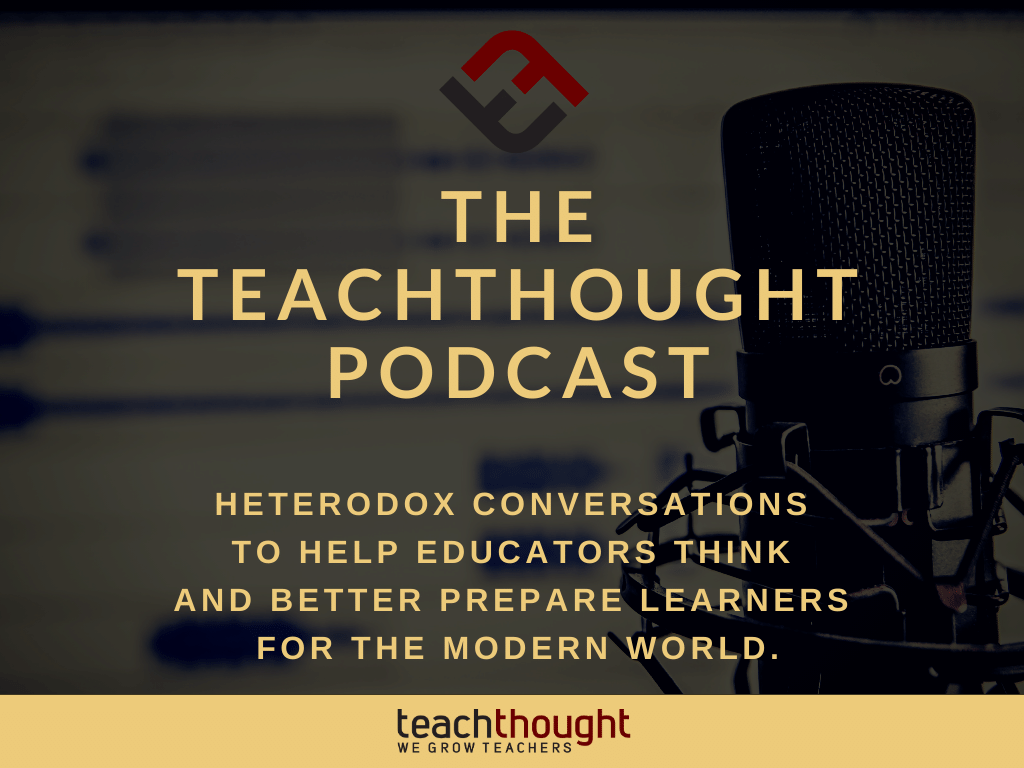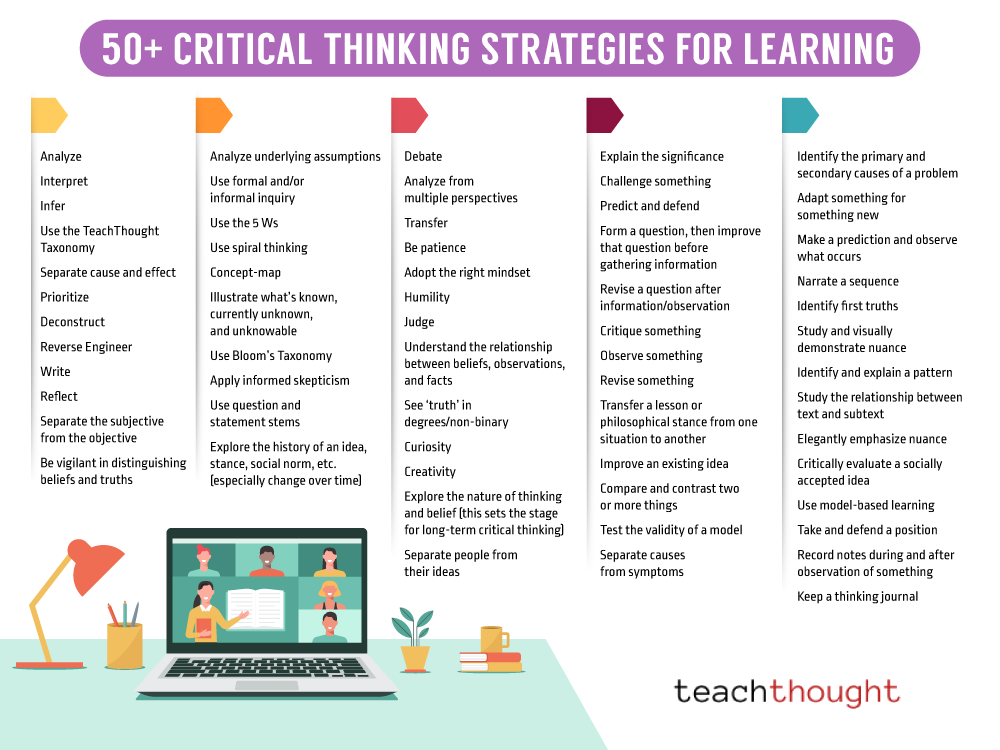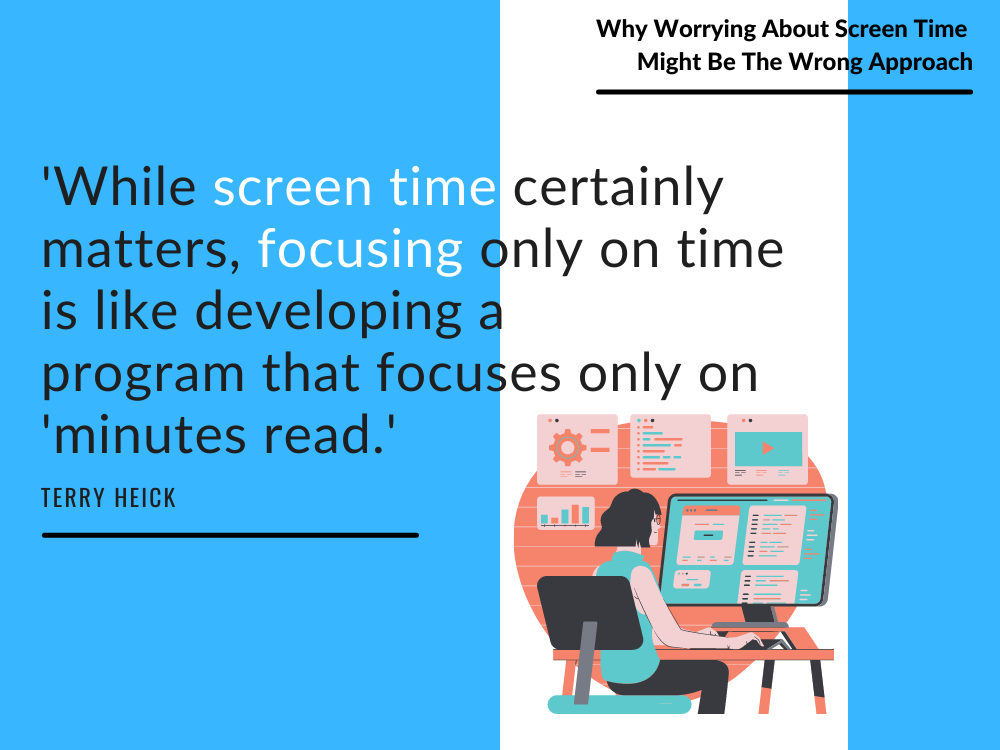BombBomb is hands down the best way to upgrade your email game
The following is a new blog post related to education and teaching and relevant to our website visitors. The blog post is not based on the opinions or values of our company but is related to education and teaching, so we wanted to share it with YOU! If you ever have any questions please let us know. Now… on to the post!
What it is: BombBomb is an email service that lets you record and embed video directly in your email. That is a totally oversimplified explanation because BombBomb does SO much more. This is one of those pieces of technology that has been life-saving for me during the pandemic and one that I will continue using forevermore! In addition to easily adding video to your email, you can add images, button-type navigation, build and send forms right in BombBomb, and even create automations. BombBomb shows you who opened your email and what they clicked/engaged/watched while they were there.
How to integrate BombBomb into the classroom: During the pandemic, BombBomb has been an incredible way for us to communicate and keep connected to our students and their families. Each day we were in remote learning, I sent a daily email with a video message for the community, links to all of our teacher’s daily plans, links to tech-support, and a daily check-in survey so parents could share how remote learning was going in their house. At Anastasis, we start every day with a whole-community meeting. Obviously, 2020 wreaked havoc on that daily tradition. Since we couldn’t be together each morning, I recorded a video as if we were together. I invited the kids/families to send me content that would show up in future videos (Mindstamp helped with this as well!). In one email, families had access to all teacher’s plans for the day as well as a way to share feedback about what was going well or what they were struggling with. As the admin team received feedback about what families were struggling with, we could offer real-time immediate support. Any time a family shared something that was hard, we either adjusted or contacted them to support them. BombBomb made this process seamless for us! Because we could see who was opening and interacting with each portion of the email, we knew we had a high level of engagement and could see what was and wasn’t working well even for families who didn’t fill out our survey each day.
BombBomb is a great way to provide video feedback for your students while you are remote. You can use the screencast tool to walk them through the work they submitted with your comments and suggestions.
We are currently back to in-person learning, but I’m still using BombBomb to send my weekly newsletter. I’ve never been one who loves recording video (I wouldn’t say I love it now…but it has gotten SO much easier), I prefer writing, but I have to say families seem to love the video content. Parents who are not inclined to read the weekly newsletter seem more inclined to watch a 2-minute video update. That makes all our lives easier! I’ve also noticed that parents seem more connected and likely to interact when they see me on video than a written message alone.
As a teacher in the classroom, BombBomb would be a great way to flip your classroom and send students videos tailored to what they are learning. Because you have a built-in video library, email library, form library, and the ability to automate, you could set this up one year and continue using it year after year! You don’t have to record all of your video content, you can also import videos from a link expanding the content available about a million fold. BombBomb also allows you to screencast directly from email making it a great way to send support to students.
If you teach young students or students who don’t have their own email, you can still use BombBomb to create video content and related links (seriously, it’s almost like having the ability to create mini-websites). BombBomb gives you a share link for every email you create so you can share it with students as a link or even create QR codes that link to the email you created. At Anastasis, we individualize for every student every day. A lot of our independent learning is set up as center rotations with one of the centers always being one-on-one with the teacher. With BombBomb you could record yourself explaining the center, and include any other links or information that students may need. You could also create a form that acts as an exit ticket for that center rotation. If you have a mobile device or Chromebook at the center, it’s almost like having you right there with them. Again, with the email/video/form library you could create this one year and keep using it over and over. The analytics help you see how students are interacting (how many times they viewed the video, what links they clicked on, etc.).
We’re an inquiry-based school. This means that the kids are constantly doing research and digging deeper. The research process can be too much for our littles. Using BombBomb, teachers can break down that research process in video and provide guided research links.
BombBomb is also a major upgrade to email you are sending to parents. Imagine sending a quick video of something brilliant that their child did in class. Or, you could record a conferring session between you and their child so they can gain insight into your assessment process and student growth. You’ll be able to see which families are opening and interacting with your emails, and those who may need a different approach.
Tips: To help teachers through the pandemic, BombBomb is FREE for educators. You should sign up today, I truly cannot say enough good things about this platform!
Here’s an example of an email I sent out in prep for Giving Tuesday…see you really don’t have to be fancy with your videos, just record and share!
Time To Teach reviews each blog post by our contributors but if you feel this is a blog post better suited for another page please let us know.
Teachers and Educators are our heroes. We want to thank you for the work you do!
Yours In Education!
Time To Teach






 Last March about this time,
Last March about this time,